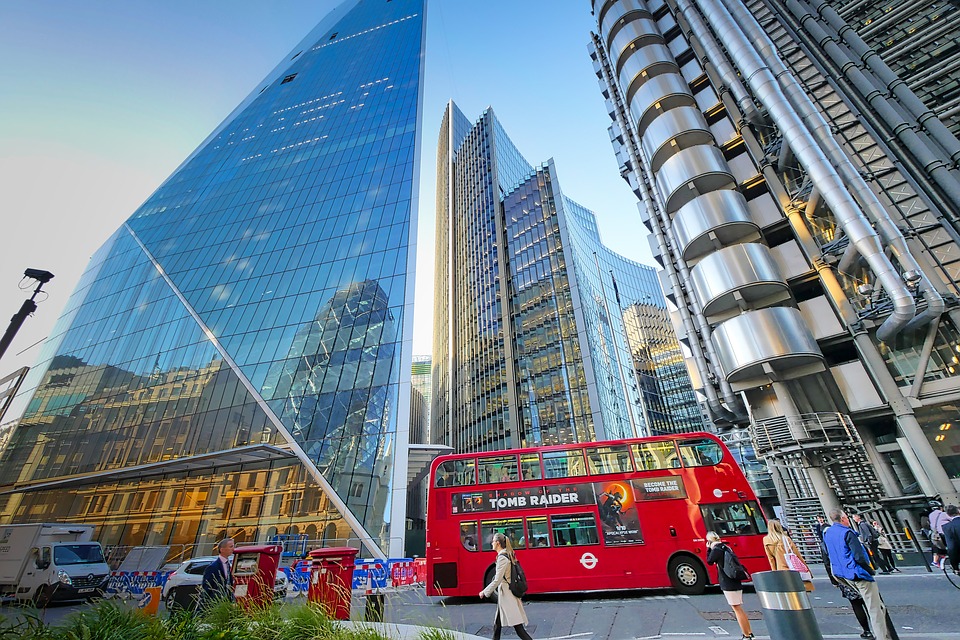UK remains steady as economy slowly starts to reopen – European stocks started the week in a subdued fashion, with the FTSE100 only just managing to close above the 7,000 level, while the DAX also slipped back from its record highs of last week.
US markets also finished the day on the back foot, weighed down largely by weakness in tech stocks, which may well have been prompted by a large fall in Bitcoin over the weekend.
Despite yesterday’s modest weakness, sentiment by and large still remains positive, with most discussion/outrage on social media more about the European Super League, than the big falls seen in bitcoin and Ethereum, pointed out Michael Hewson, chief Market Analyst at CMC Markets UK, this morning.
“It is perhaps not surprising that after the gains seen last week, that we might see some modest profit taking as we gear up for further big earnings announcements this week, as well as the latest ECB rate meeting on Thursday,” Hewson told City A.M. this morning.
Markets in Asia have continued the softer theme with the Nikkei 225 falling sharply, although this weakness doesn’t look like it will translate too heavily into today’s European open in a couple of hours’ time, he added.
The US dollar also had a disappointing day, which given the weakness in stocks was a little surprising, losing the most ground against the pound, blowing a rather large hole in the notion that sterling was being weighed down by uncertainty ahead of next month’s Scottish elections, as it pushes back above the 1.4000 level for the first time in over a month.
UK unemployment figures
On the data front its eyes down for the latest unemployment numbers from the UK today.
“With the UK economy slowly embarking on an unlocking process and business optimism showing significant signs of bullishness, hopes are rising that any further increases in unemployment will be limited in nature, and then start falling back. Against that expectation today’s latest ILO unemployment numbers are probably a bit of a distraction, given that we all know that they are very much a lagging indicator,” Hewson said.
To find out more about how we can assist you with your Second Charge Mortgage please click here
In January the ILO unemployment number fell back to 5 per cent, and it isn’t expected to deviate from that when the February numbers are released this morning.
“Though there is a worry we could see the number nudge back up, given the sharp jump higher in the jobless claims number a month ago,” he noted.
Nonetheless, various forecasters, including the Bank of England, do appear more optimistic about the outlook for unemployment this year revising their forecasts lower once the government starts to withdraw the furlough support that has been in place over the last 12 months.
The monthly jobless claims number showed a big increase in February, rising from 7.2 per cent to 7.5 per cent, and the highest level since August last year.
End of lockdown
With the UK economy slowly starting its reopening process this month, the hope is that this claims number will exhibit a similar fall this time around as businesses restart and take back furloughed employees and start to drift back down towards 7 per cent again, Hewson explained.
“The rise in the claims number was undoubtedly due to the reimposition of lockdown in January, however there was some evidence of a pickup in hiring in some other areas of the economy,” he said.
That still can’t disguise the reality that there are 700k fewer jobs in the UK economy since this time last year, with most of those job losses in the hospitality sector, and in the under 25 age cohort, Hewson continued.
In retail the picture is equally as bleak, as according to the BRC 67,000 jobs have been lost between December 2019 and December 2020.
The outlook does appear to be starting to look a little brighter if the latest economic projections from the OBR are any guide.
They upgraded their economic projections for unemployment down from a peak of 7.5 per cent to 6.5 per cent last month, as the Chancellor set out his various measures to extend the furlough as well as some reductions to key tax and business rates.
“This raises the prospect that companies that are struggling will delay cutting staff, until the reopening path is clearer, while companies that are growing will recruit more quickly, to take advantage of new investment opportunities,” Hewson concluded.
By Michiel Willems
Source: City AM
Discover our Second Charge Mortgage Broker services.








